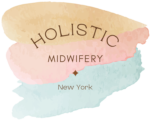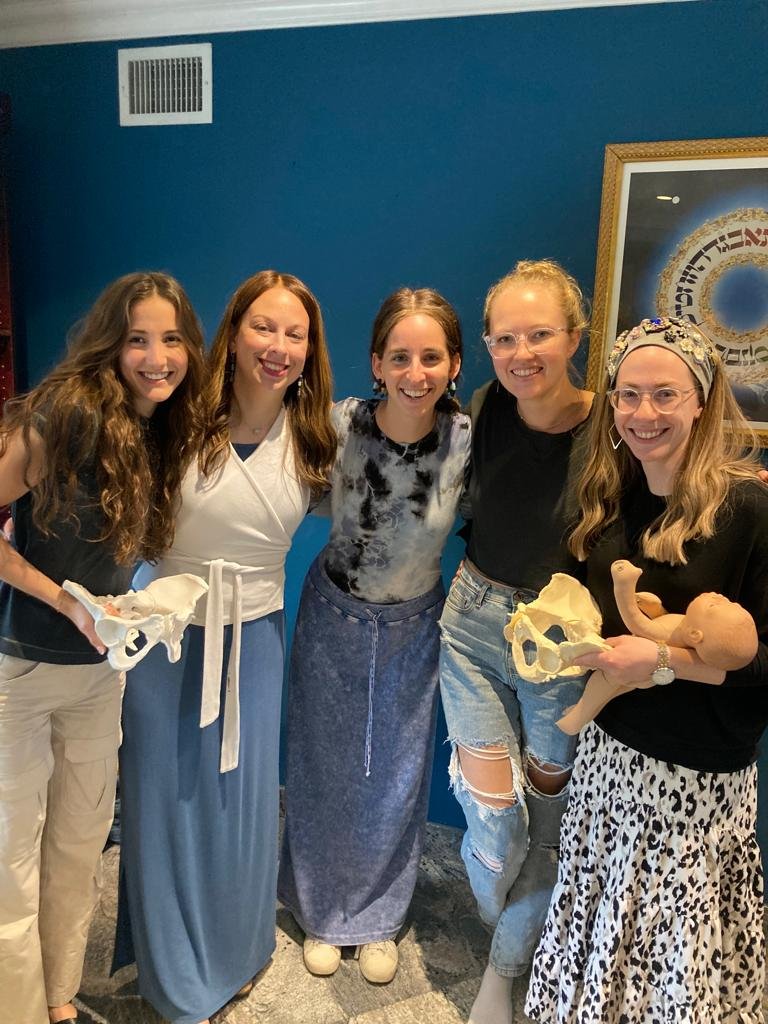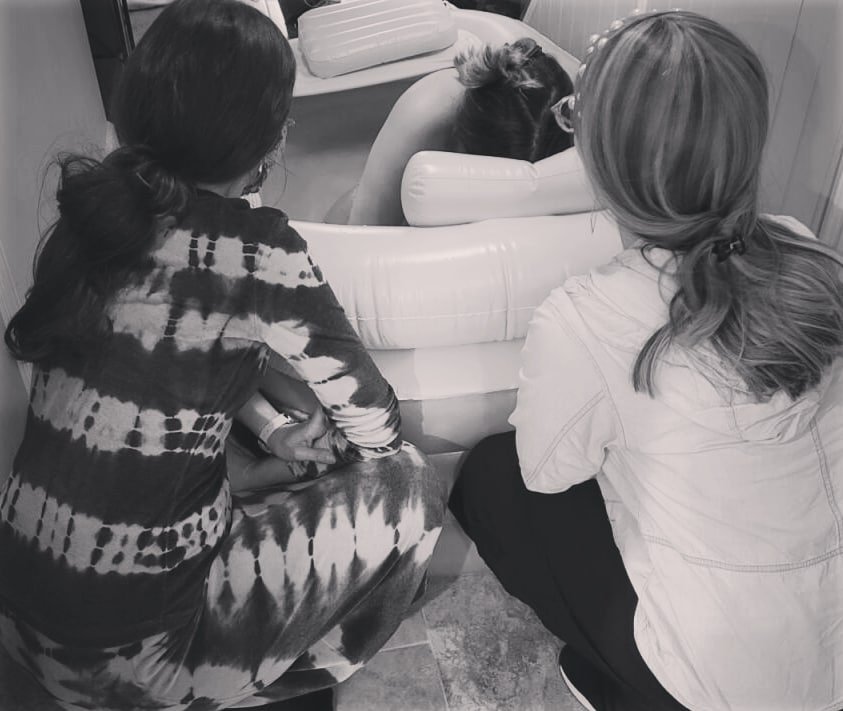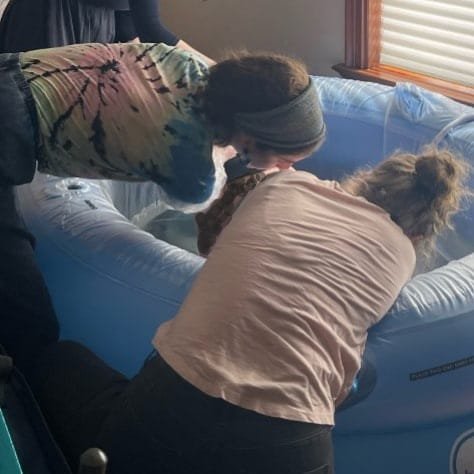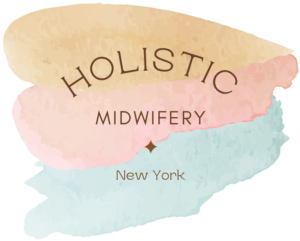Since the beginning of time, women have been giving birth at home under the auspices of midwives. As modern medicine evolved, childbirth gradually transitioned from the community to the hospital. Women thought this model would lead to a safer, pain-free birth experience.
Western medicine promised just that. But the medicalization of childbirth led to new issues. In the 1960s and 70s, medical doctors extinguished the pain of childbirth by essentially knocking women unconscious with the use of “Twilight sleep.” Women became passive participants in the birth process and unnecessary interventions increased.
These interventions opened the door for infections and other unintended consequences, including increases in instrumental delivery, cesarean sections and maternal morbidity and mortality. Even with the transition to the epidural and moderate anesthesia and continuous fetal monitoring, complications continued to increase.
Despite the rise in complications, the trend towards hospital birth continued. It was touted as the only safe way to give birth. By the 1980s, only 1.1% of births took place at home.
This statistic stayed stable for the next 40 years. In November 2022, the CDC reported that homebirth rates have risen by 12%. The current homebirth rate is 1.51% – the highest rate since 1990.

